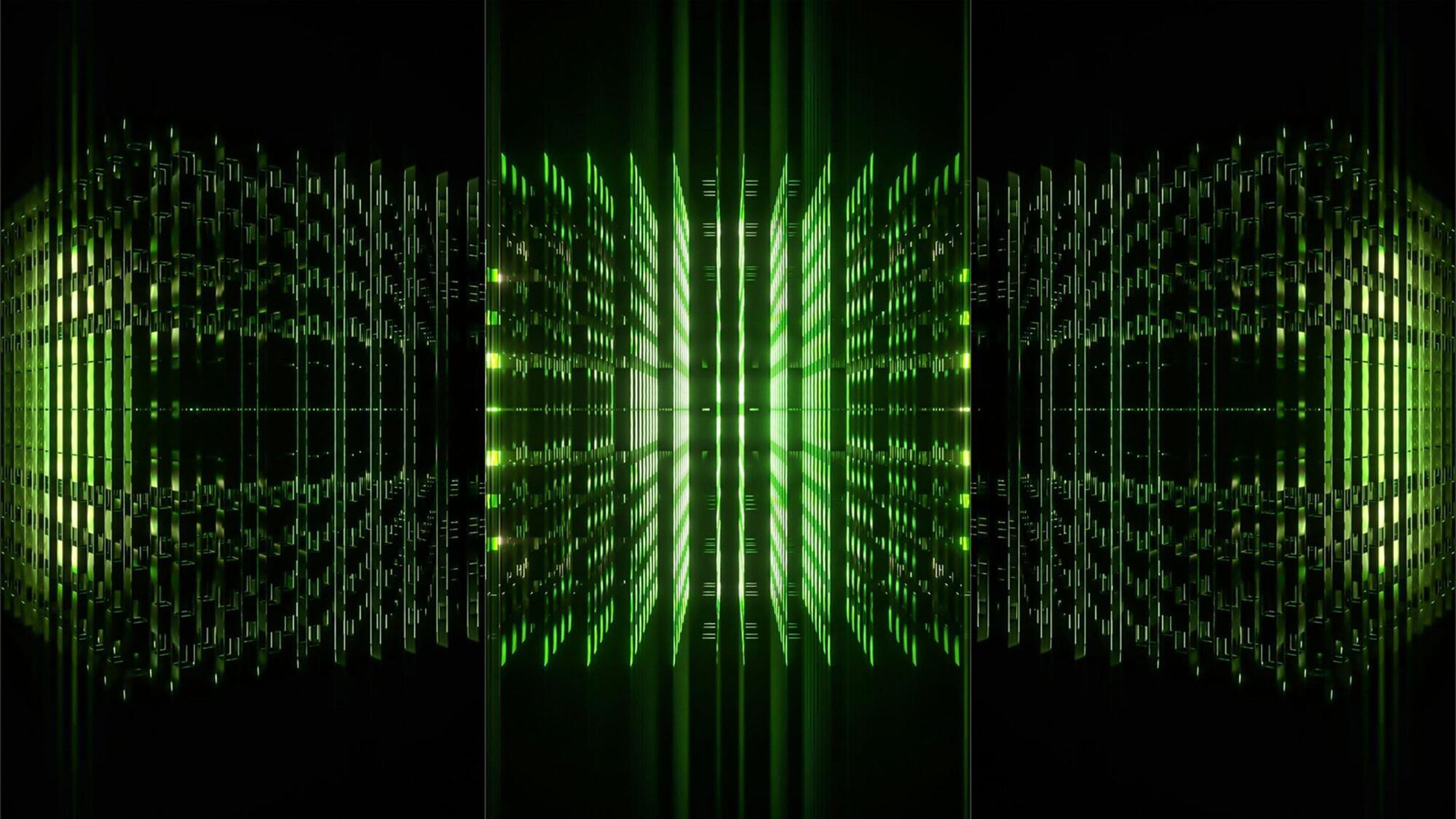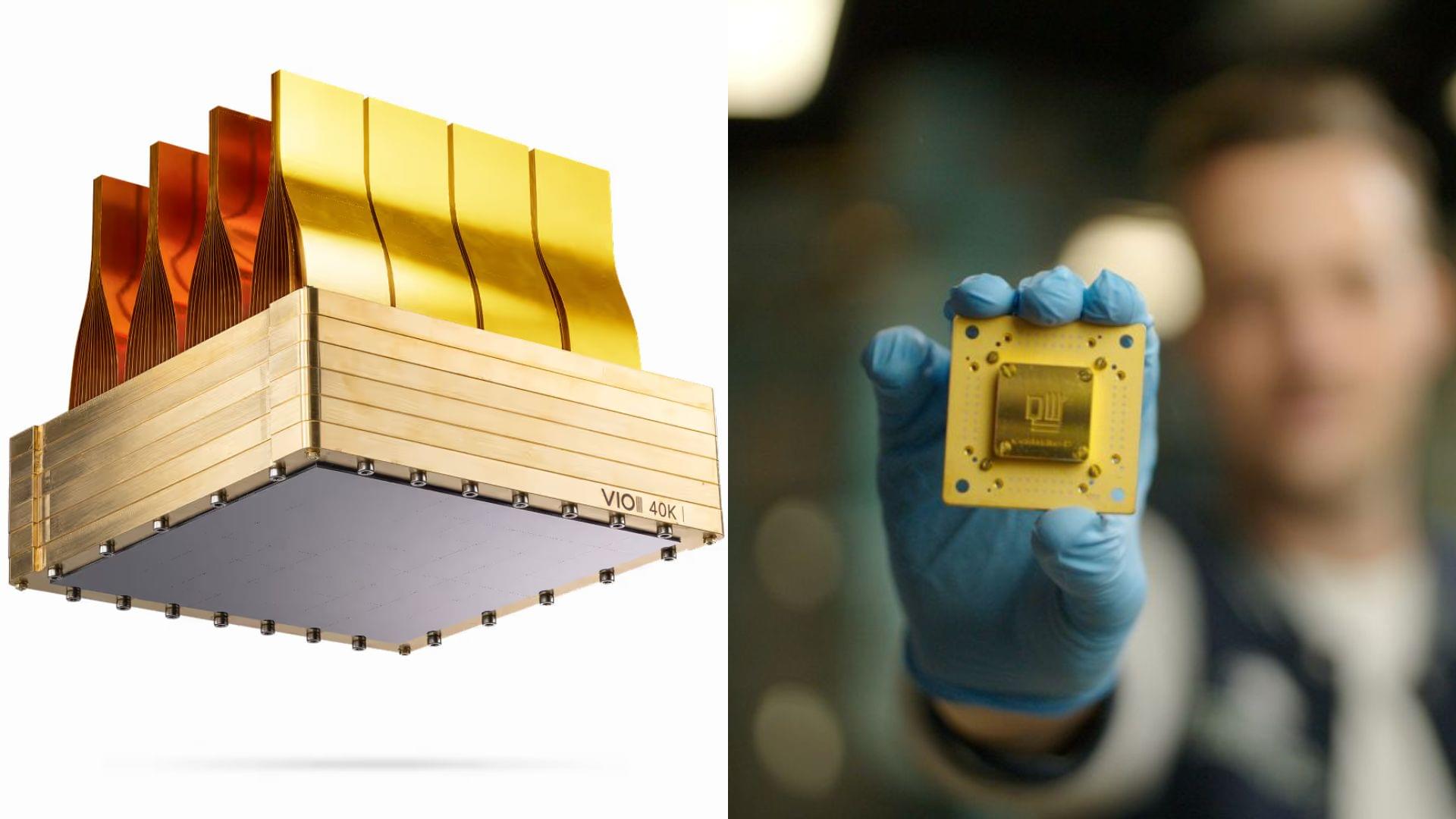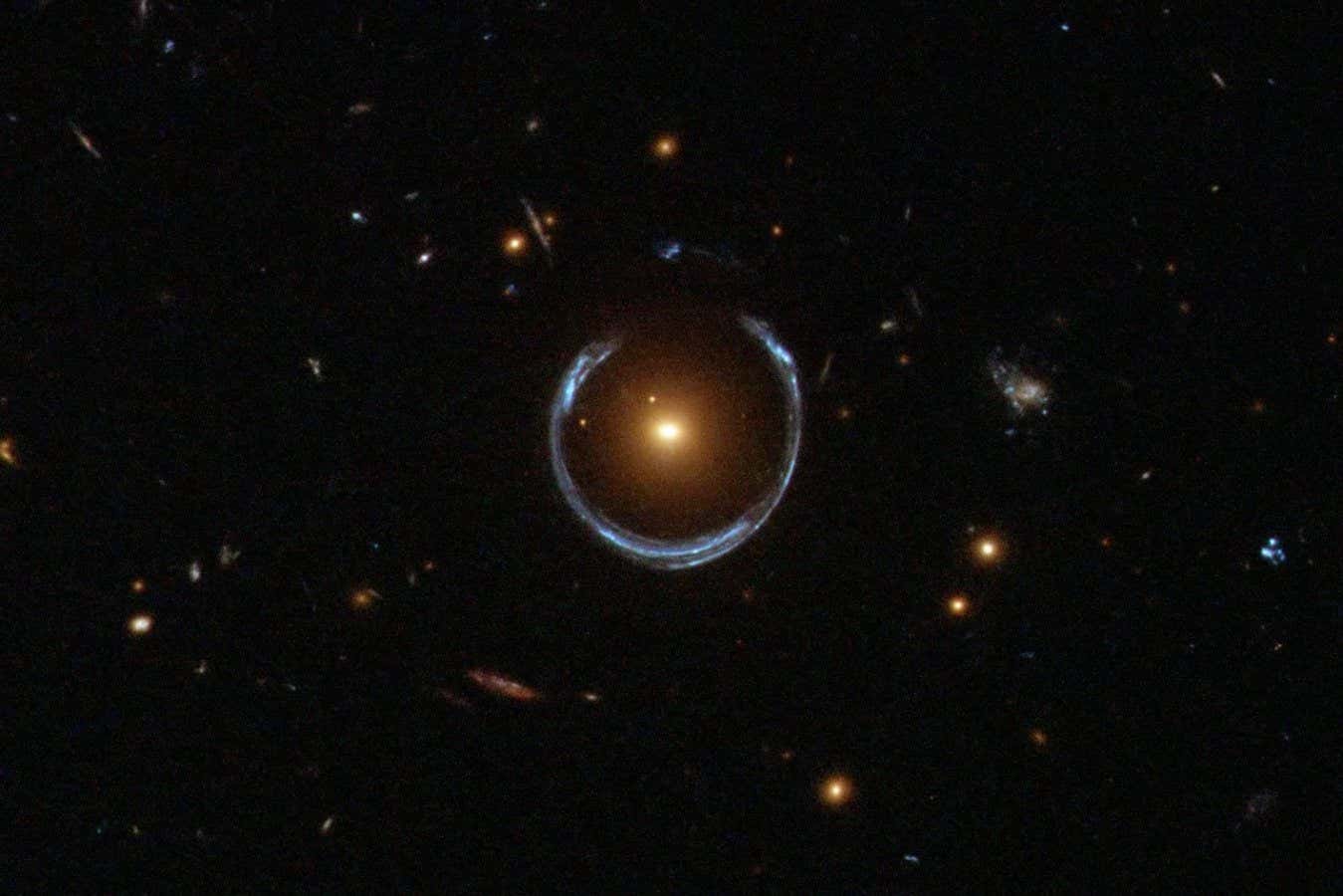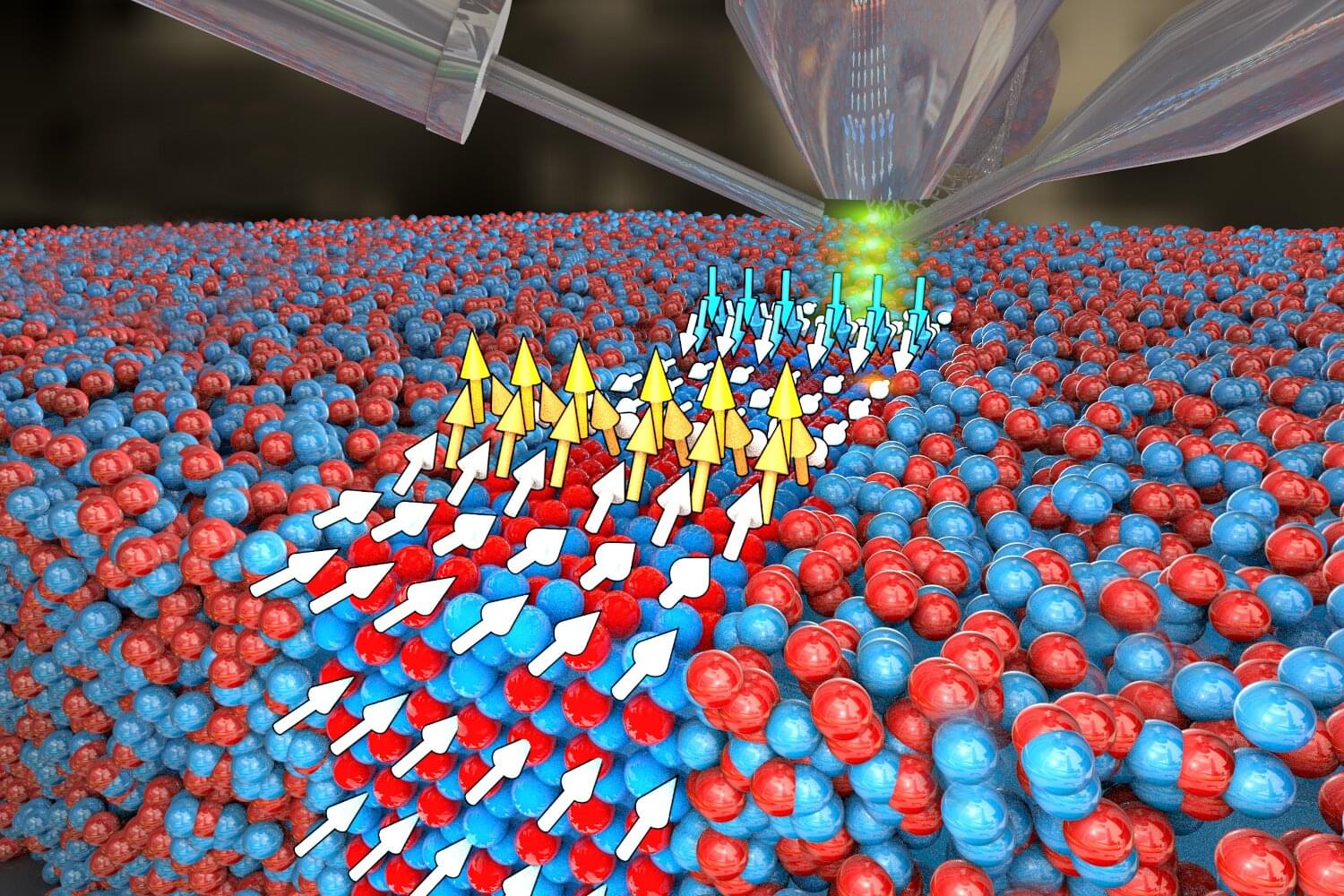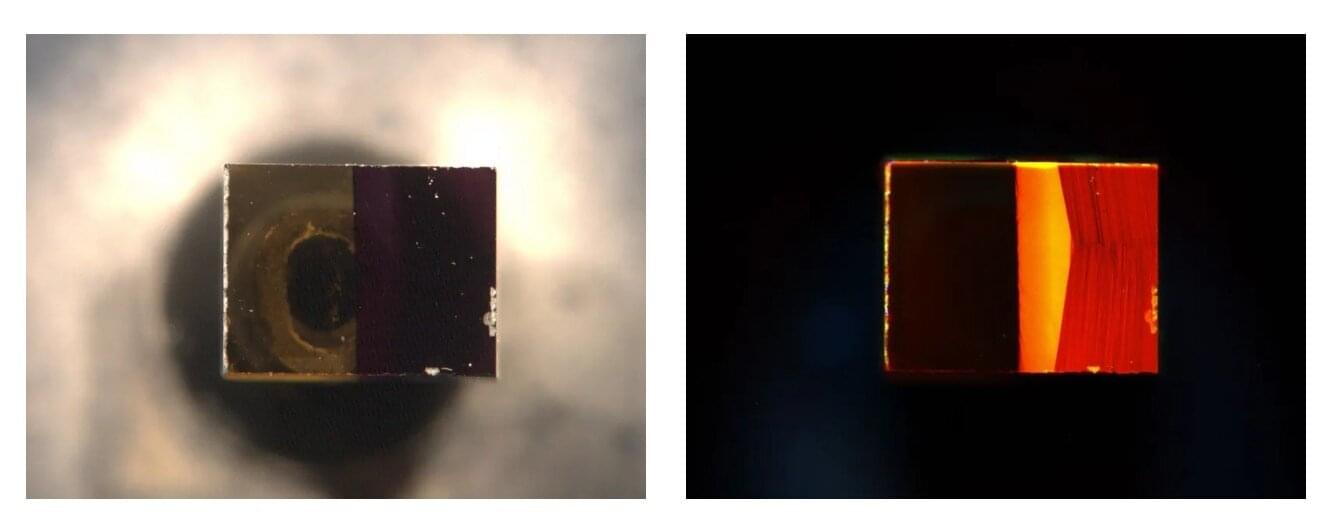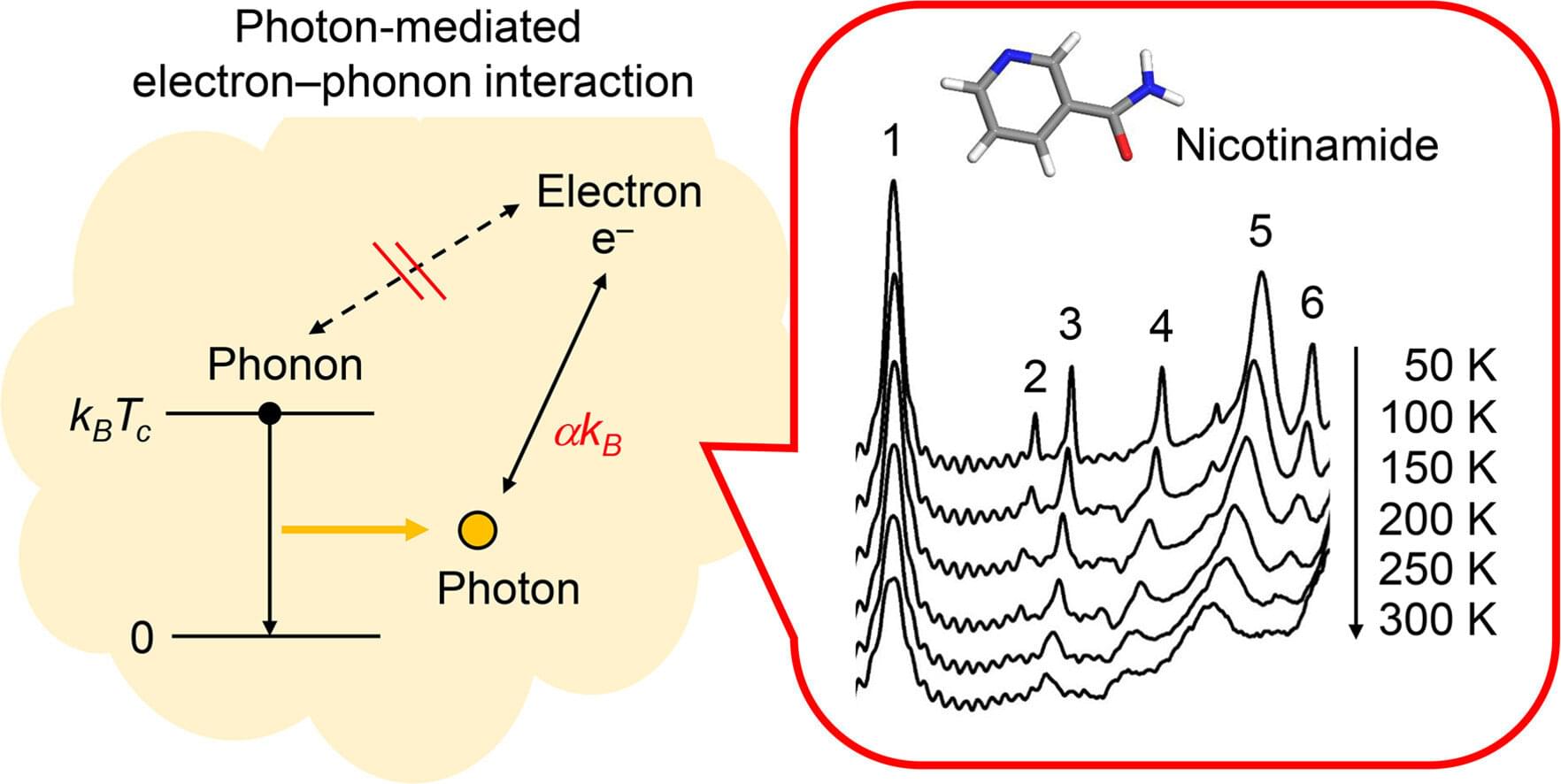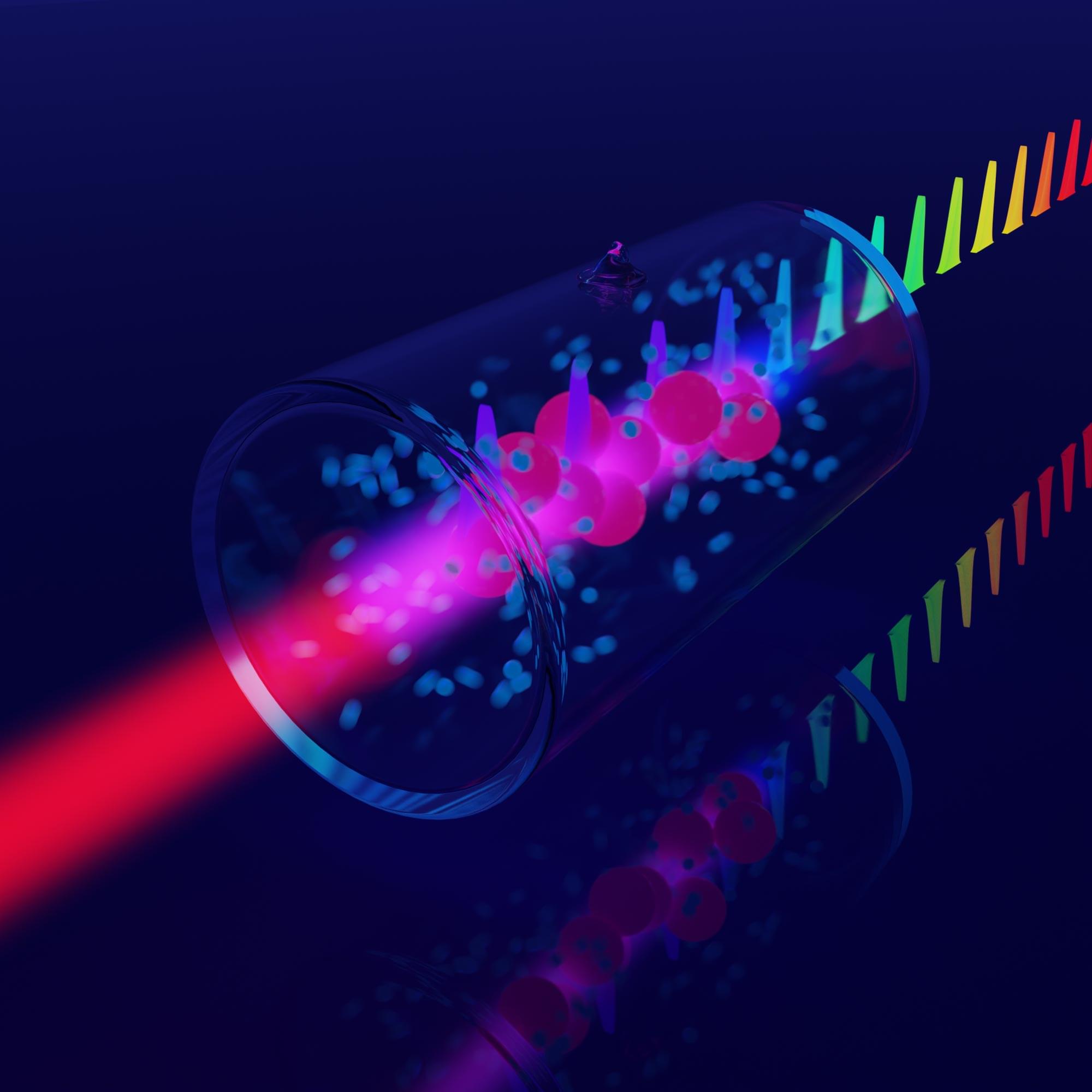Imagine a future where quantum computers supercharge machine learning—training models in seconds, extracting insights from massive datasets and powering next-gen AI. That future might be closer than you think, thanks to a breakthrough from researchers at Australia’s national research agency, CSIRO, and The University of Melbourne.
Until now, one big roadblock stood in the way: errors. Quantum processors are noisy, and quantum machine learning (QML) models need deep circuits with hundreds of gates. Even tiny errors pile up fast, wrecking accuracy. The usual fix—quantum error correction—may work, but it’s expensive. We’re talking millions of qubits just to run one model. That’s way beyond today’s hardware.
So, what’s the game-changer? The team discovered that you don’t need to correct everything.
